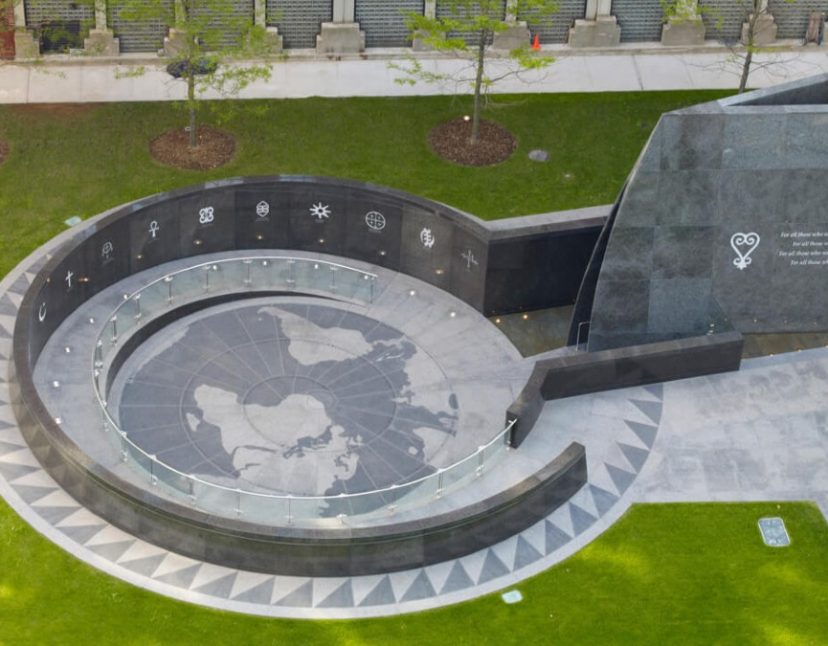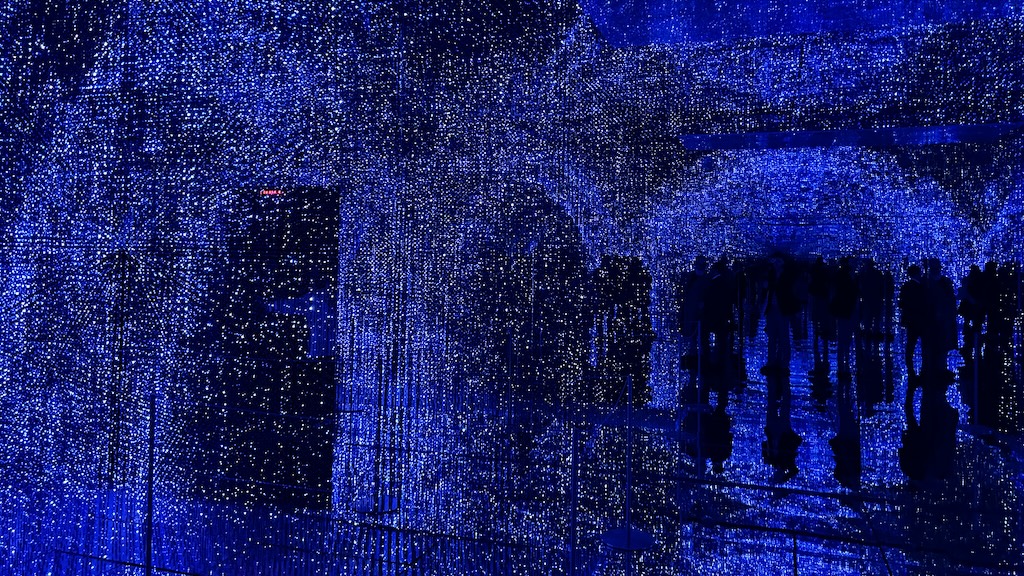From Construction Site to National Landmark: How Lower Manhattan’s African Burial Ground Was Saved

The 1991 discovery of one of Manhattan’s most significant historical landmarks began like many other days in the city, with construction crews breaking ground for a new building. Preliminary, archeological digging for a new federal office building at 290 Broadway had just begun, and quickly uncovered something that would halt construction for years — and remind the world that Manhattan was just as guilty of the horrors of slavery as the South.
About 30 feet below the surface of Lower Manhattan, the crews discovered human remains, the first of what would be an estimated 15,000 skeletal remains belonging to free and enslaved Black people who lived and worked in colonial New York. It would turn out to be the largest and earliest African burial ground discovered in the United States. At the time, the New York Times noted the significance of the discovery — that “for the first time, was a moving, tangible link to a population that had been demeaned in life and forgotten in death.”
The discovery shattered the often-held falsehood that New York was not a center of chattel slavery. An estimated 95% of Africans in the city from the late 17th through the 18th centuries were enslaved to do the work of building the city. The burial ground was in use from the 1630s to 1795 and showed how even the dead weren’t welcome in white New York. Free and enslaved Africans were barred from being in church burial grounds, so they were pushed out of the edges of the city. Maps of the era show that the “Negros Burial Ground,” as it was labeled, spanned 6.6 acres, beyond the walls of what was then New York City.
At the time of discovery, it was not immediately clear what would be done with the site. Then-mayor David Dinkins created a committee to recommend a path forward. The committee spawned a federal effort to consider the site, meaning Congress would soon be involved. And the GSA, the government agency that sparked the construction, still wanted to move forward with its new building.
Members of the federal steering committee held open community discussions about the site in the Schomburg Center for Research in Black Culture in Harlem. Activists led demonstrations to pressure the GSA to negotiate over the fate of the land. An initial plan called for exhuming and reinterring the remains elsewhere so construction could proceed. That idea drew protests, political interventions and the eventual suspending of the project so new plans could be made.
The protests were successful: In 1993, the burial ground was listed on the National Register of Historic Places. In 2005, U.S. Congressman Jerry Nadler, with help from Senator Hillary Clinton and U.S. Representatives Charlie Rangel and Gregory Meeks, championed the site becoming a national historic site with a museum and visitors center. The designation protects it from alteration, destruction or construction. A pared down GSA building was constructed on the site, with a plaza featuring a visitors’ center and memorial sculpture at Duane and Elk streets. The sculpture’s inscription reads:
For all those who were lost
For all those who were stolen
For all those who were left behind
For all those who were not forgotten
Archeologists and historians discovered that nearly half of the 419 skeletal remains recovered at the site (of the thousands estimated to be underground nearby) were children under 12. Many of the remains showed signs of strenuous physical labor, which means they likely died from the very act that discovered their bodies: constructing a piece of New York City.
“These bones are bones of the shoulders we stand on to this day whomever we are,” Cyril Innis Jr., an activist and former Black Panther who worked on the landmarking project, told the New York Public Library. “It’s a sacred place. It’s the last place that our people have a chance to rest from all the hardships we have endured in this racist, systemic country.”
In 2006, President Bush declared the African Burial Ground a national landmark — putting it on par with the Brooklyn Bridge, Empire State Building and the Statue of Liberty.
photo: Library of Congress
Tags: African Burial Ground

